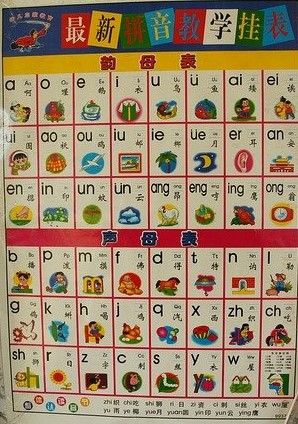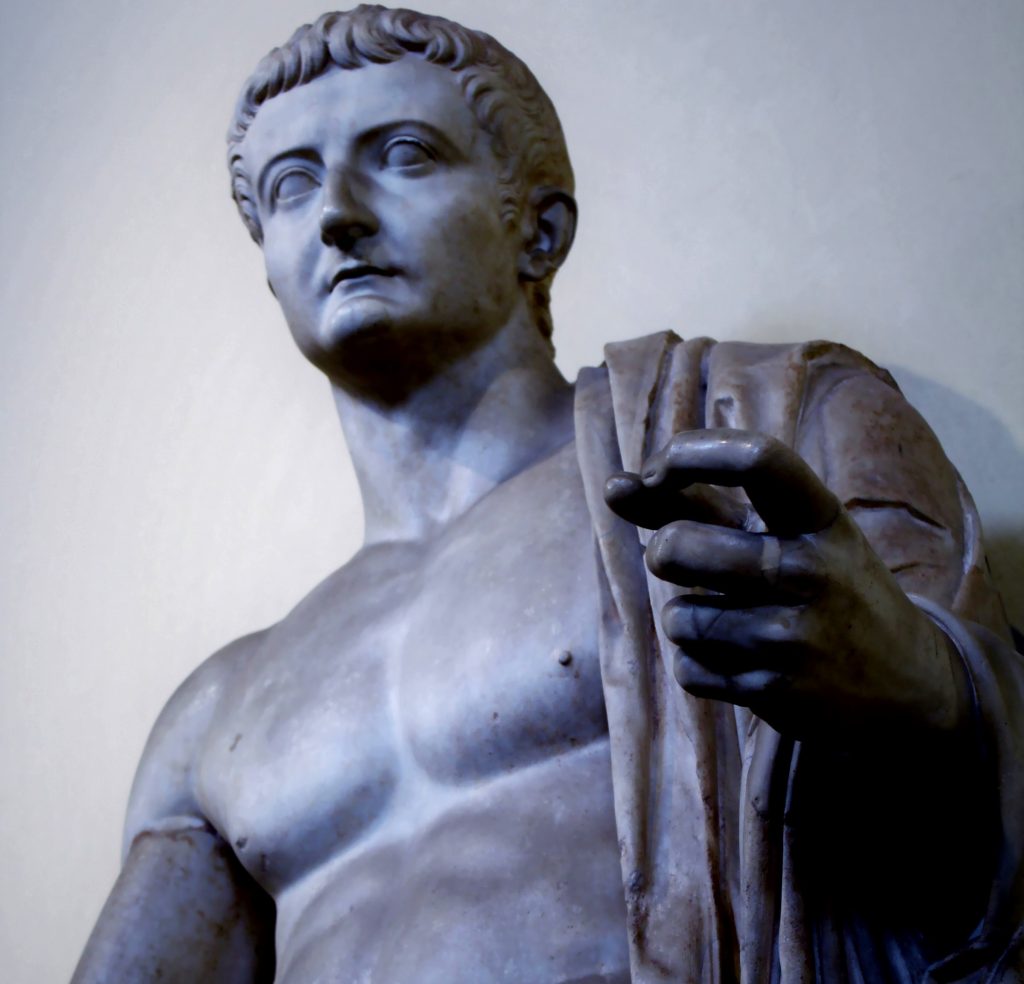Language classrooms often utilize various memory techniques to help students remember a new word. Sometimes teachers give a rhyme, play on words, or short catchy sayings to help students remember word meanings or grammar rules. Often teachers will include pictures to help students visualize the word and activate their brain’s sensory cortex which aids in strengthening memories. However, the sensory cortex isn’t the only part of the brain that can be used to help boost memory.
Ancient Greeks knew of the power of another of the human faculties for memory: movement. The ancient Greeks were masters of memory, able to recall long stretches of poetry or speeches with techniques called mnemonics. Mnemonics come in all types, but one of the most common types was called physical mnemonics.
This involved using parts of the body, commonly the knuckles, to remember certain key points or having a series of gestures to ensure no points are forgotten. While these types of memory techniques are still used by some, they have fallen out of fashion with most teachers, but recent neuroscience research might give cause for teachers to reconsider this ancient practice.
New Research on Memory Techniques

Recent research published in the Journal of Neuroscience found that having students perform gestures or movements when learning new vocabulary had a profound effect on learning. They discovered this relationship with a technology called TMS (Transcranial Magnetic Stimulation) where scientists can target and interfere with brain signals in target locations to see how interference impacts performance in a conscious participant.
The researchers had students study using two different methods, one where vocabulary words were accompanied by pictures and another where the vocabulary was accompanied by gestures for the participant to perform. TMS, or a placebo version, was then applied to the participants after sufficient study to see whether interrupting the signaling in the motor cortex would affect the students ability to recall the learned words.
Normally, the motor cortex, which controls the body’s ability to move, would not be important for recalling words. For the students that had studied with the pictures, this was still the case. The students who had studied words that were accompanied by pictures had no more difficulty recalling words whether their motor cortex was receiving TMS interference or just a placebo procedure.
This was not the case for the students who had studied with gestures however, and their ability to recall the words they had studied while their motor cortex was inhibited was clear when compared to the placebo trials. According to the researchers, “the effect occurred for both concrete words such as violin and abstract words such as democracy.
Taken together, the findings suggest that our memory for recently-learned foreign language words depends on the sensorimotor context in which the words were experienced during learning,” showing that the connections that can be made don’t have to be obvious, but that any gesture mindfully coupled to a word is able to create connection which aids memory. (Mathias et al.)
Using Memory Techniques in Class
While few students need to memorize hundreds of lines from poetry anymore, this doesn’t mean that the practices used to memorize them should also be relegated to the history books. Teachers can integrate gestures into their classes subtly and overtly to help students remember key concepts or rules. No matter the subject being studied, every class still benefits from students being able to remember a set of rules, a list of content or at least new vocabulary.
While teachers, like the researchers above, can connect a single gesture to a single word, this isn’t the only way movement can be used to help students remember things they have learned. Teachers can also use gestures to help students remember key points of a presentation. Each finger can represent a main point the student has to talk about.
As they go through the presentation, they can list out their four main points clearly to the audience while also subtly helping themselves to remember their points through their own gestures. Once they run out of things to say for point and finger one, they can simply comfortably move on to the point represented by the second finger.
Similarly science or math teachers can use this technique to help students remember the steps of a problem. Teachers using this method will see students taking tests constantly counting out the steps to each type of problem on their fingers since each step is mindfully attached to a touch of a single finger.

Fingers aren’t the only things that can be moved for memory, however. Having students silently tap their foot to a pattern or even using the tongue to touch different places in the mouth can also provide students with that physical feedback that can be connected to their memory systems. The key is creativity and finding something that works for the student.
Not all memory techniques work for all students, but there are a few key methods that should be considered when trying new movements. Firstly, the movements should make sense with what is trying to be remembered.
Things like pointing backwards when referring to a past tense word or having a fist represent something firm or strong helps make the connection not just about physical movement, but the feelings associated with that movement.
Secondly, patterns of movements are easier to remember than single movements by themselves. Just as songs are easier to remember than just individual notes, putting together information and memory techniques into patterns allows students to not only remember each individual concept or idea, but a grouping of ideas and perhaps a relationship they share. Lastly, they should be able to be used in situations where the student will need to remember what they have learned.
While it might make sense to do a very active physical action to have a stronger memory, things like a dance or jumping are impractical during an exam, presentation, or conversation when the memory needs to be utilized. Something more subtle like small gestures or touching parts of the body with a finger tend to be more useful when students really need that memory boost.
Teachers can even use these techniques themselves to ensure they don’t forget a key part of a lecture or lesson plan. Not only does this help the class to run more smoothly, but also shows the students a good model for how to use these techniques in practice.
Want more like this? Make Lab to Class a part of your weekly professional development schedule by subscribing to updates below.
References
Mathias, Brian et al. “Motor Cortex Causally Contributes To Vocabulary Translation Following Sensorimotor-Enriched Training”. The Journal Of Neuroscience, 2021, pp. JN-RM-2249-20. Society For Neuroscience, doi:10.1523/jneurosci.2249-20.2021.




